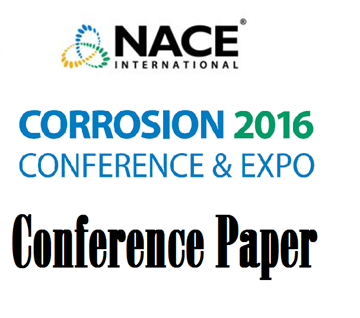Search
96517 LONG-TERM CURRENT AND POTENTIAL DATA FOR SELECTED GALVANIC COUPLES IN FLOWING SEAWATER
Also Purchased
96511 CORROSION POTENTIAL AND BREAKDOWN FOR STAINLESS STEELS IN POTENTIAL DISTRIBUTIONS SEAWATER.
Product Number:
51300-96511-SG
ISBN:
96511 1996 CP
$20.00
06282 GALVANIC CORROSION ASSOCIATED WITH STAINLESS STEEL AND Ni-ALLOY COUPLES IN SEAWATER
Product Number:
51300-06282-SG
ISBN:
06282 2006 CP
$20.00
51316-7058-Galvanic Series in Seawater as a Function of Temperature Oxygen Content and Chlorination
Product Number:
51316-7058-SG
ISBN:
7058 2016 CP
Publication Date:
2016
$20.00




